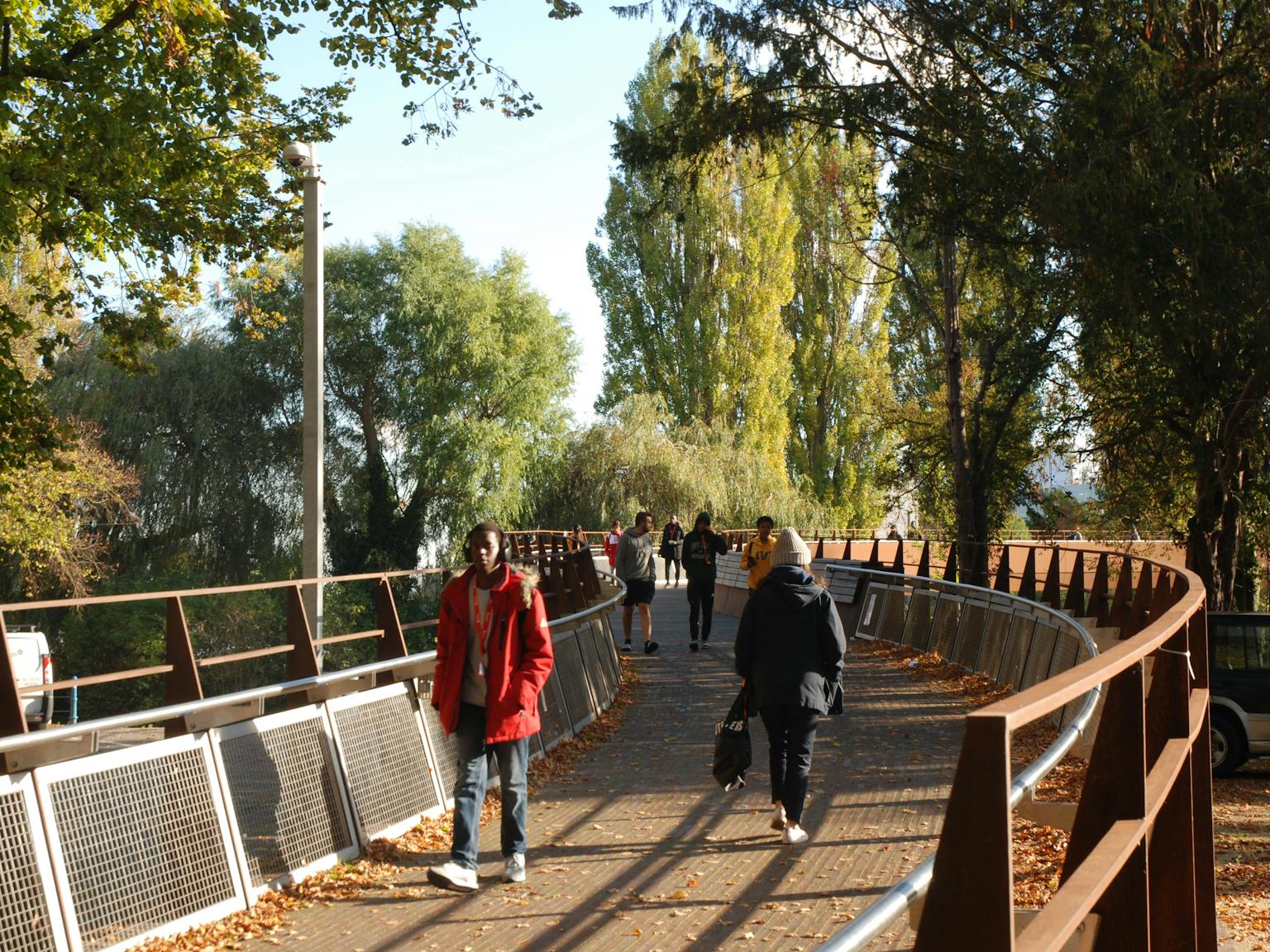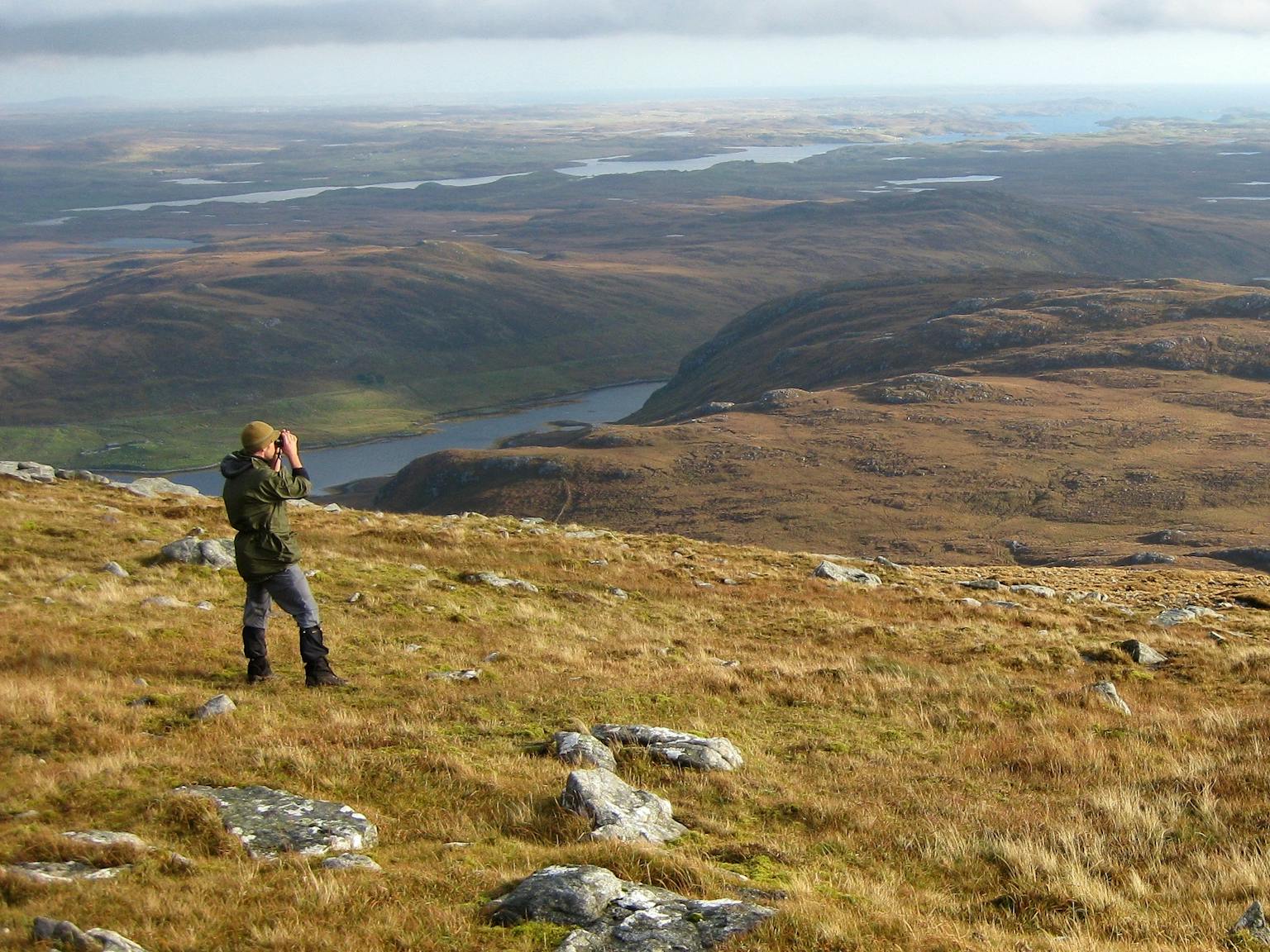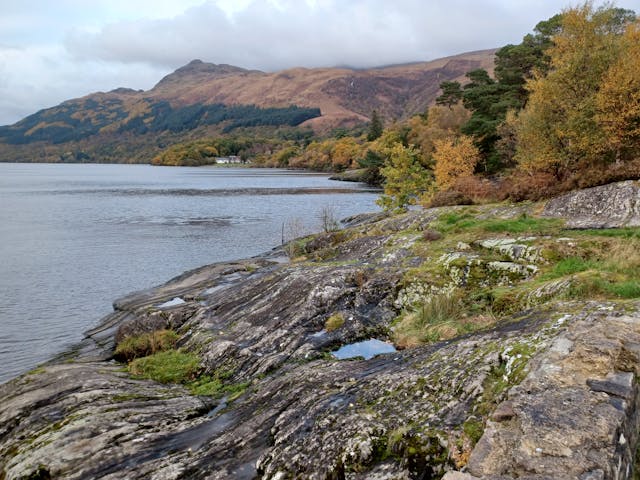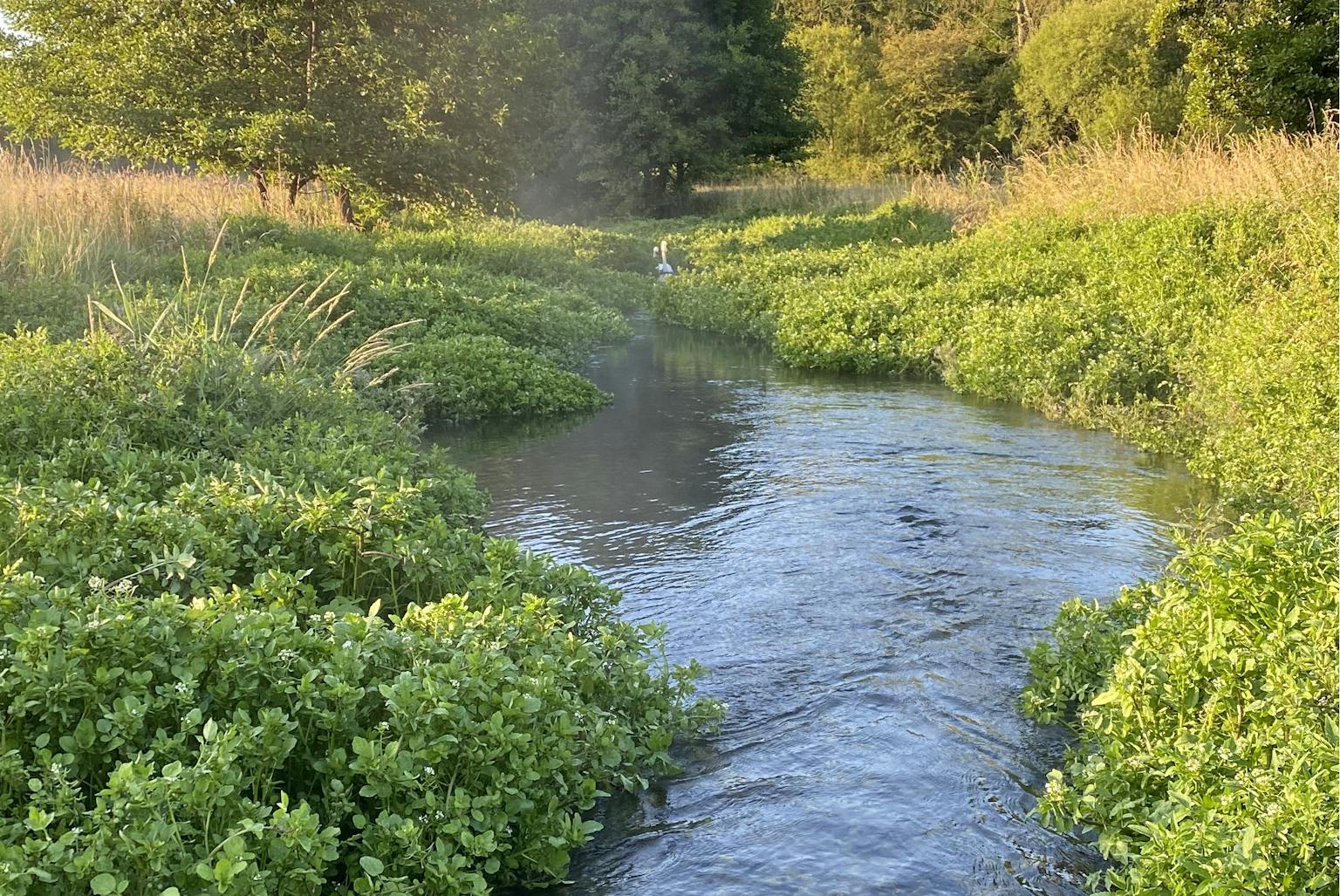
Protecting chalk streams: The need for stronger action
LUC has recently completed work on a planning guidance document for the Chilterns National Landscape. The guidance provides clear advice on how land use planning can help protect, preserve and enhance the chalk streams in and around the Chilterns.
Chalk streams are among the most ecologically significant freshwater habitats, yet the planning system often overlooks their importance.

The unique value of chalk streams
Chalk streams are rivers that are fed from water held within the underlying chalk bedrock. 85% of the world’s chalk streams are found in England, particularly in the south and east. All rivers, including chalk streams, are priority habitats or habitats of principal importance in England.
Chalk streams are among the most ecologically significant freshwater habitats, yet the planning system often overlooks their importance. These watercourses are globally rare, often referred to as the equivalent of England’s rain forests or Great Barrier Reef. Their water is clear, pure, and fortified with many inorganic nutrients that provide essential building blocks for life.
These streams provide critical habitats for an array of species, many of which are highly sensitive to water quality and flow conditions. A number of rare species such as upwinged mayflies, brown trout and water voles are often found in healthy chalk streams.
Threats facing chalk streams
However, increasing pressures threaten their fragile balance:
- Abstraction: Excessive water extraction for human use reduces river flow and groundwater levels, harming river ecology and weakening resilience to drought. High domestic water demand worsens this.
- Pollution and run-off: soil, chemicals, and waste from roads, sewage, and agriculture wash into rivers, degrading water quality and ecosystems.
- Modification: altering a stream’s natural shape and flow disrupts biodiversity, reduces flood and drought resilience, and traps pollutants by removing natural buffers.
- Invasive non-native species: non-native plants and animals damage chalk stream ecosystems, often spreading due to development along river corridors.
- Climate change: rising temperatures, extreme weather, and shifting seasonal patterns damage chalk streams and increase risks of droughts, floods, and habitat loss.
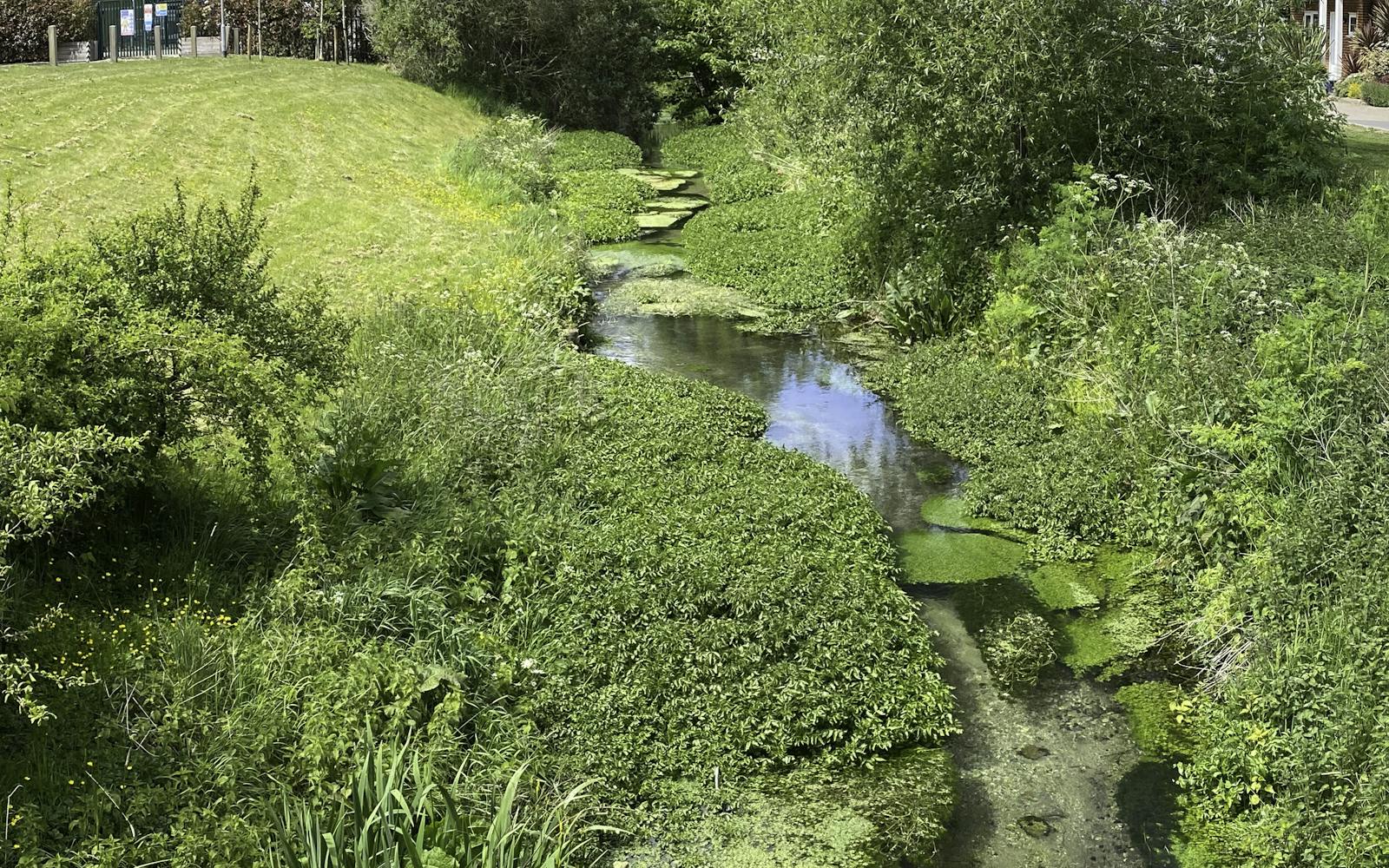
Planning, policy and protection for the Chilterns National Landscape
Our recent work for the Chilterns National Landscape on a planning guidance document provides clear advice on how land use planning can help protect, preserve and enhance the chalk streams in and around the Chilterns.
The Chilterns’ dramatic chalk escarpment and its nine principal chalk streams are recognised as a “special quality” of the Chilterns National Landscape. However, none of the streams achieved good ecological status when assessed.
Our guidance is particularly useful for those involved in land use planning, whether at a strategic, policy-making level or in assessing specific developments via a planning application. It supports positive policy development and outlines tangible actions that development proposals affecting chalk streams should take.
Our work draws from the excellent Catchment Based Approach Chalk Streams Restoration Strategy (2021) and Implementation Plan (2022), which set out clear recommendations for restoring the ecological health of chalk streams.
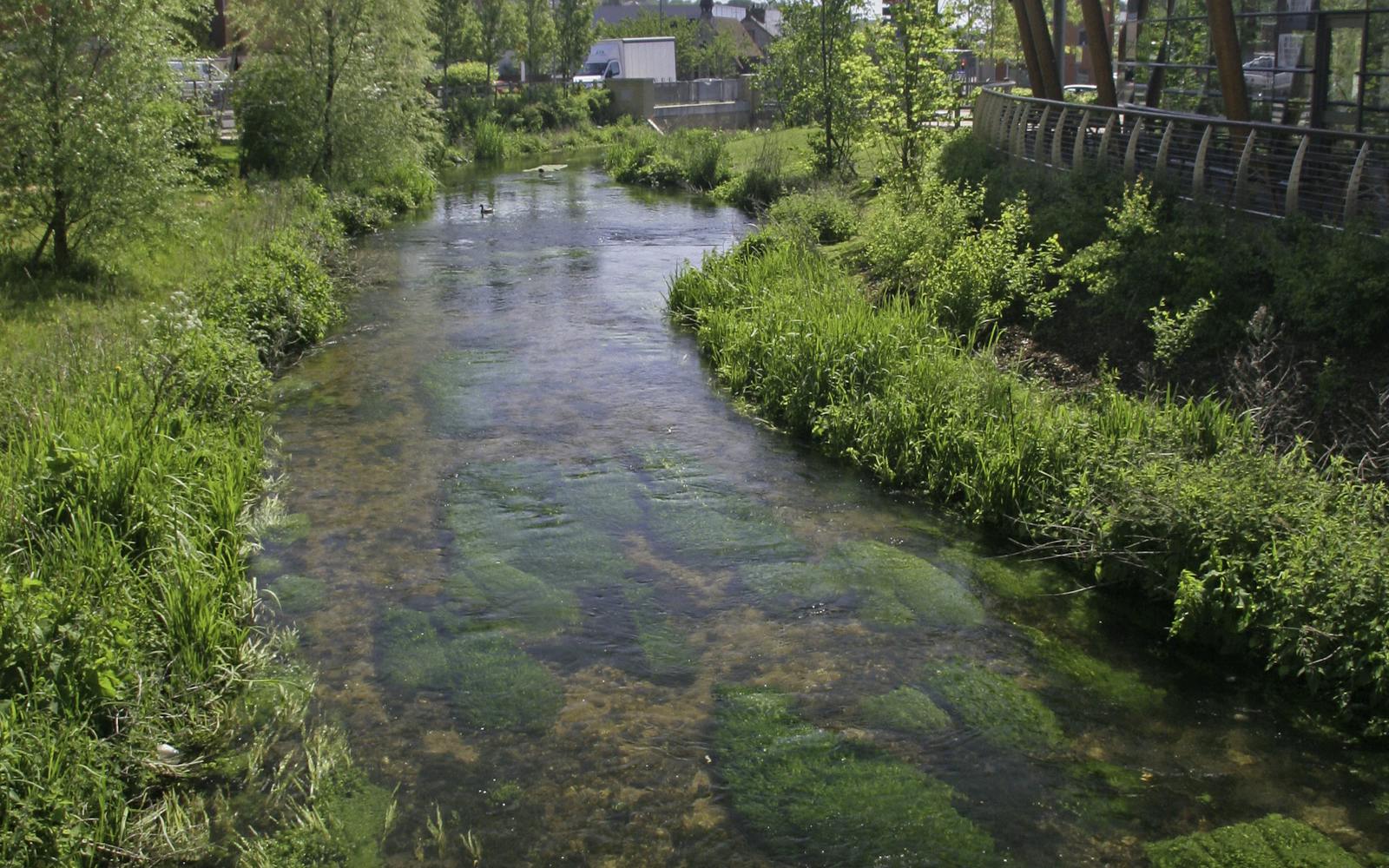
LUC’s guidance outlines relevant national and local planning policies and provides specific recommendations for drafting local plans and managing development to minimise harm while promoting restoration. It highlights the importance of buffer zones, de-culverting, sustainable drainage solutions, and responsible water usage. The guidance also highlights the need to address invasive species and climate change impacts, encouraging the adoption of an ambitious approach to ensure the long-term health of these valuable ecosystems.
We recommend that planners work with water companies and the Environment Agency to manage water resources and set sustainable consumption targets. Surface water and wastewater management must also be prioritised to ensure that new developments do not exacerbate pollution or sewage overflows. Our guidance recognises that it is not just about the protection of chalk streams themselves but also, crucially, about the landscapes that support them.

The need for action
While preparing this guidance, it became clear that the Chalk Stream Restoration Strategy’s overarching recommendation is as important today as when the request was first made. The one big wish was, and remains, for enhanced statutory protection status for chalk streams. This robust protection would ensure that positive actions follow. Without it, these precious habitats remain at serious risk.
Local projects, such as the production of the Chilterns chalk streams planning guidance, are essential for identifying specific local threats and targeted interventions. However, the scale and complexity of the threats facing our chalk streams mean that local efforts alone are insufficient. National government must take the lead in embedding the protection of chalk streams into ongoing planning reforms.
Missed opportunities?
Water and river quality are high on the political agenda; however, tangible actions to protect chalk streams are hard to come by.
Following the publication of the Chalk Stream Restoration Strategy, DEFRA began preparing a ‘Chalk Stream Recovery Pack’. This document was originally expected to be published in 2023; but it has never seen the light of day, and recent reports suggest that the document has been abandoned altogether.
The 2024 consultation on proposed changes to the National Planning Policy Framework (NPPF) elicited hundreds of responses calling for greater chalk stream protection. Yet, the updated NPPF still fails to explicitly mention chalk streams.
More recently, the passing of the third reading of the Planning and Infrastructure Bill presents a further missed opportunity to strengthen protection for chalk streams. A proposed amendment seeking to impose protections for all chalk streams within Spatial Development Strategies was rejected as unnecessary.
The current political narrative within planning reform, that environmental protection delays and blocks growth, is misguided and incorrect. Development and protection of chalk streams can happen side by side and lead to more sustainable, healthy communities.
It is disheartening to see a series of missed opportunities for national action to secure enhanced status for chalk streams within the recent planning reforms. The government has taken no tangible action to protect chalk streams beyond already existing protections. Indeed, some of the recent proposed reforms may have the opposite effect.
Protecting these remarkable ecosystems is not just an ecological imperative but a vital step towards safeguarding the UK’s freshwater heritage. We must all take every opportunity to fight for their protection.




